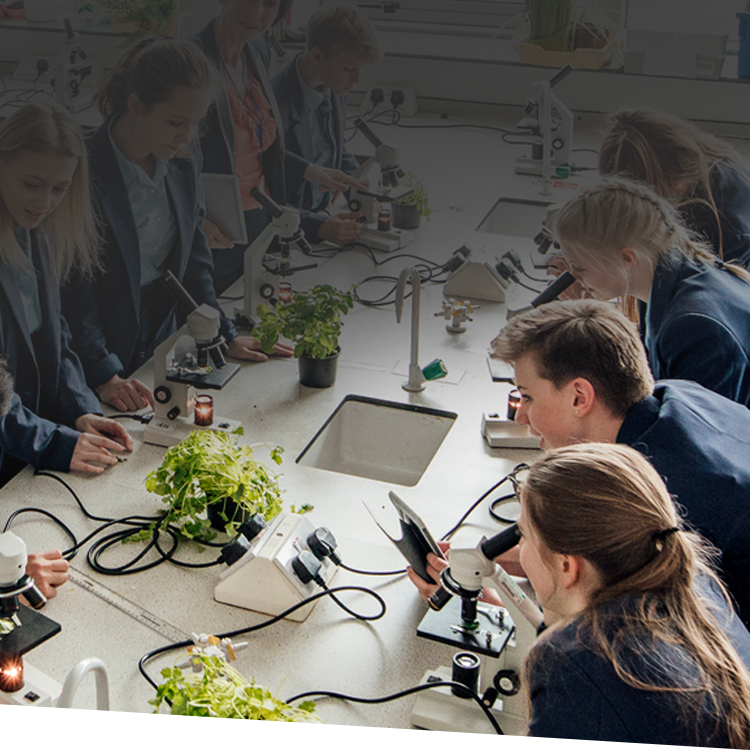Perhaps it’s not surprising that teachers desire spacious classrooms. They prefer collaborative spaces that are flexible and open, which they believe to be more conducive to learning. As the use of technology increases, classroom accommodation becomes a larger issue.
Of course, the reality is that your private-independent school likely has limited facilities, and classroom expansion is problematic. However, if you do plan to remodel or enlarge your school—or perhaps even relocate to another facility—it would be wise to consider your classroom options.
A recent research project, “The Impact of Learning Spaces on Student Success,” conducted by MDR (an education-focused marketing firm) and the Education Market Association, sheds some light on how classroom design affects student achievement. Of those educators surveyed, 94% of the teachers indicated that a “positive environment” improves learning. The top five classroom features they believe contribute to classroom learning include:
- accommodations for different learning styles (88%)
- incorporation of technology (87%)
- space for “less sedentary behavior” and movement around the classroom (85%)
- manipulation of lighting (81%)
- outside views and natural light (78%)
Many teachers reconfigure their classrooms frequently throughout the school year to accommodate students—as well as for their own needs for better teaching. However, faculty members often find that, after a school remodels classrooms, the new space still doesn’t align with their pedagogical goals.
When your school plans for renovations or new physical spaces—and certainly before the Board sets aside funding in the strategic financial plan—ask the School Head to talk with the faculty about their classroom needs. A knowledgeable architect will also require educational specifications from the school. These specifications should:
- support the school’s mission
- meet the needs of your program
- serve the students, faculty, and staff who use the facilities daily
- stay within your budget constraints
Whether your construction project involves a new building or renovations, educational specifications for each classroom space should address:
- the activities to take place in the space
- instructional methods and special equipment used now and in the future
- the total number and age(s) of students, as well as the number of adults that must be accommodated
- required services and utilities
- projected hours of use
- storage needs
When classroom specifications are well-defined, your Board will be far better equipped to budget for the necessary costs. And your teachers and students will be happier for it!
Want to learn more about this topic? Consider Facilities Planning and Maintenance for Private-Independent Schools, available from the ISM bookstore.
Additional ISM resources:
The Source for Business and Operations Vol. 14 No. 5 Facilities: More Than a Line Item
The Source for Private School News Vol. 12 No. 4 Planning Your Classrooms to Maximize Thinking Space
Additional ISM resources for ISM members:
I&P Vol. 41 No. 1 Facility Planning and Future Needs
I&P Vol. 41 No. 14 Faculty, Space, Ownership, and the Schedule
I&P Vol. 41 No. 14 Space Needs and Your School’s Schedule





